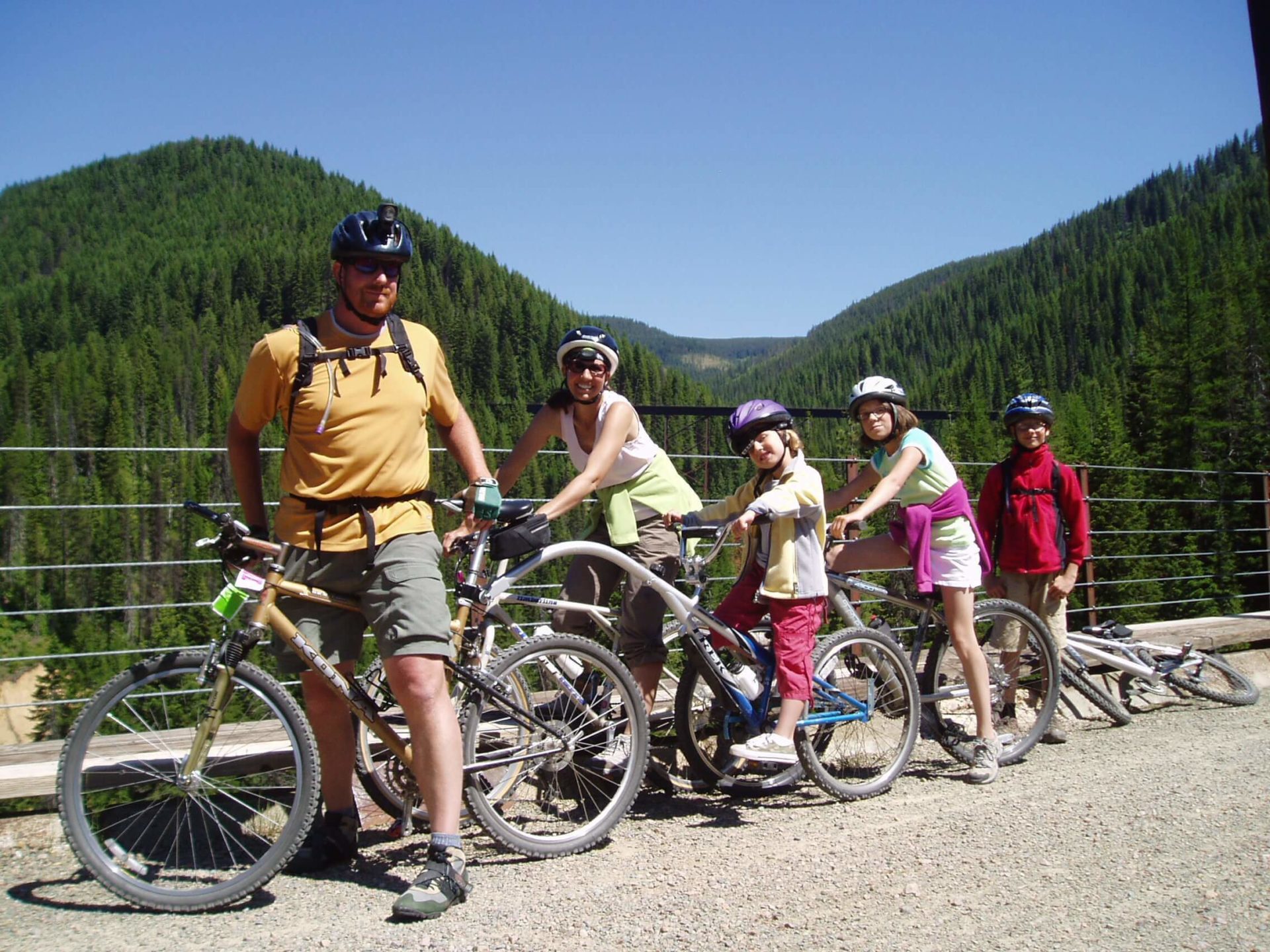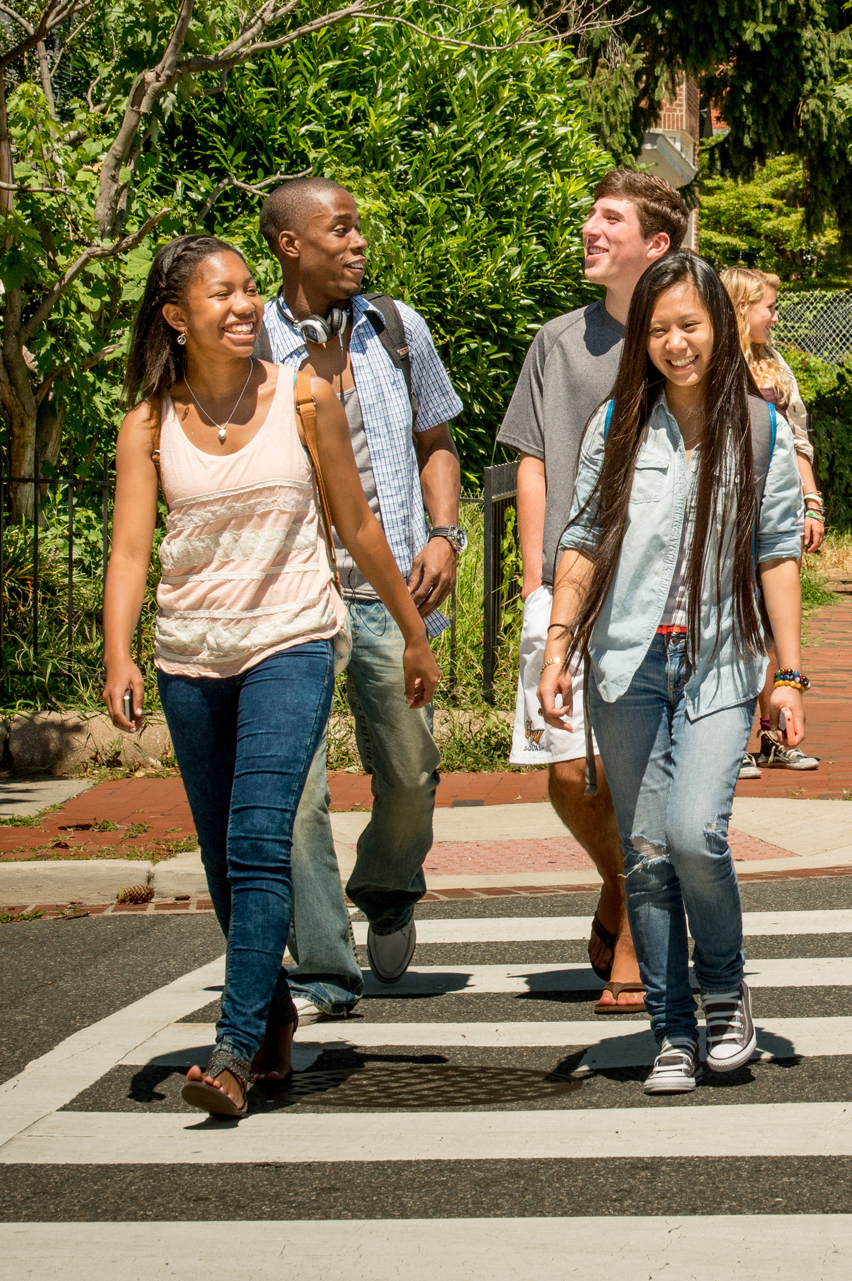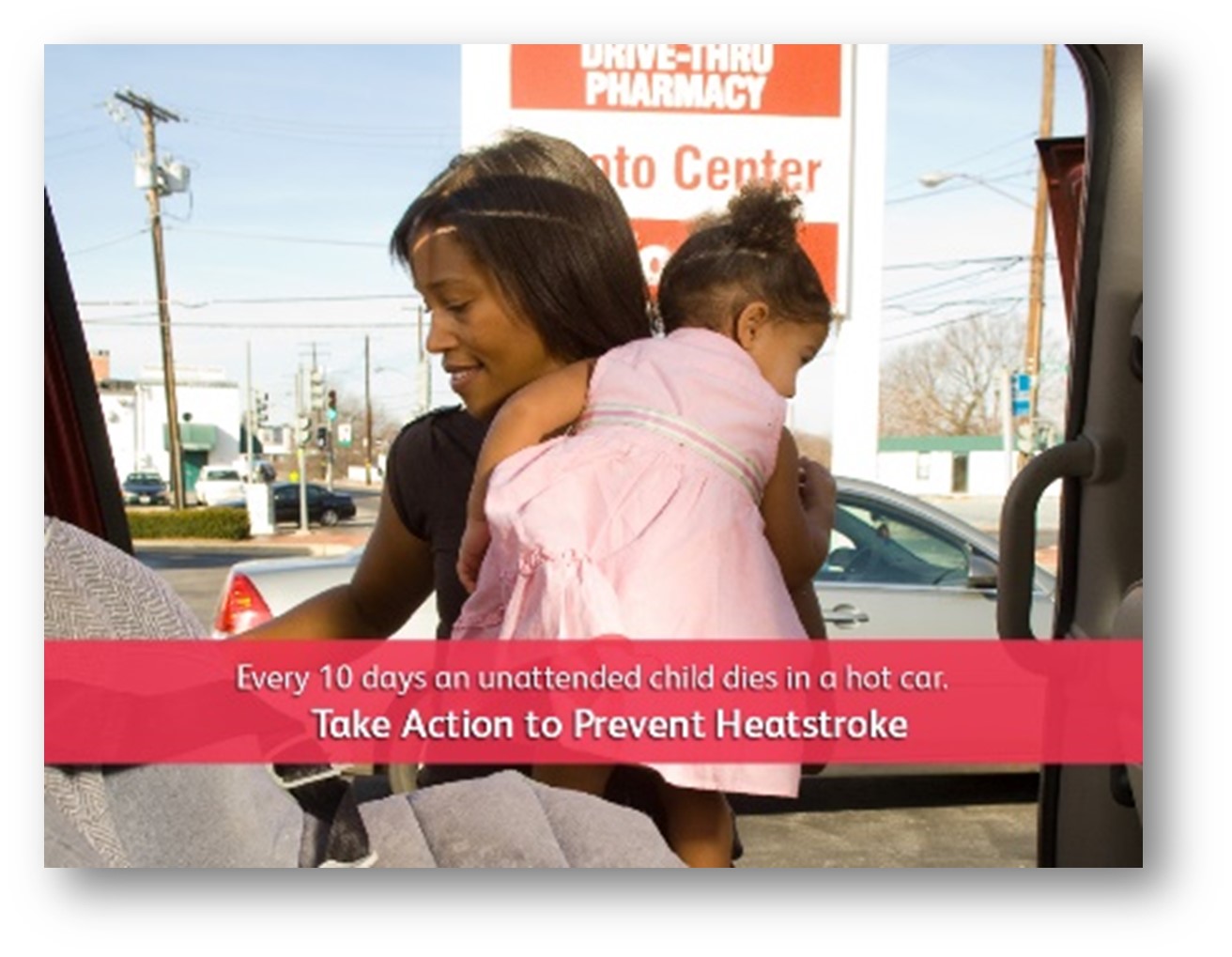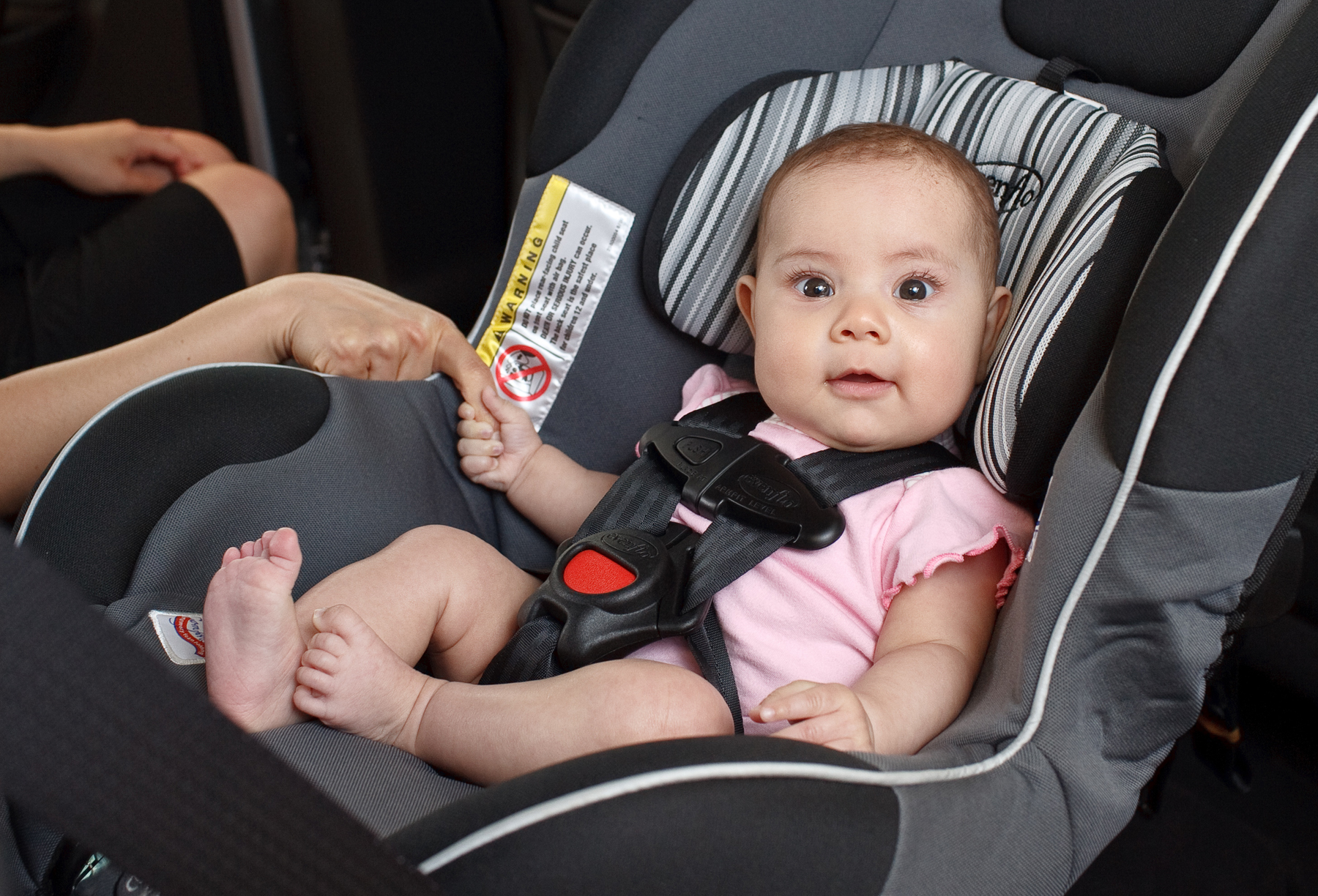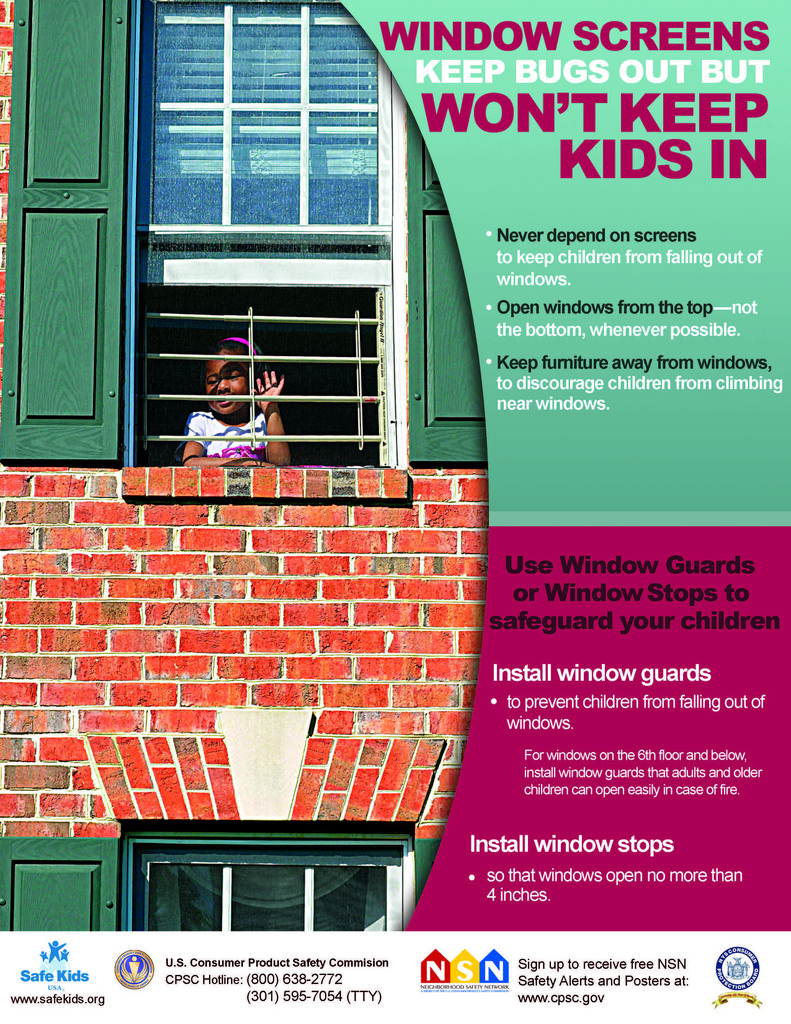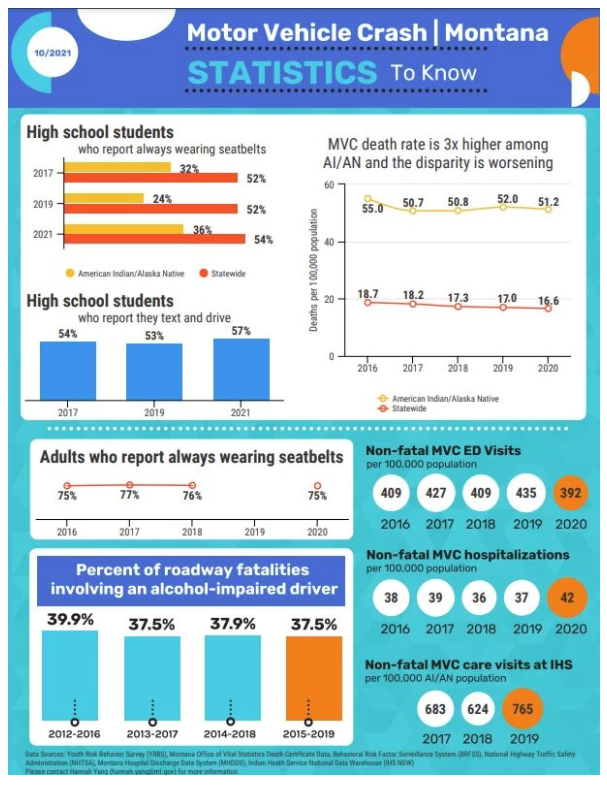Quarterly newsletter of Safe Kids Missoula.
Author: Brenda Plascencia
Keeping Young Walkers Safe on the Road
Our babies take their first steps and then there is no stopping them. Toddlers delight in using their new walking abilities as much as possible. As kids get older, they then crave the freedom and independence of playing outside, walking to school and being more independent. As soon as kids are on the move, parents need to start talking to them about how to be safe and to be aware while walking.
Unintentional pedestrian injuries are a leading cause of injury-related death in the United States for children ages 5 to 19. Teenagers are most at-risk for pedestrian injuries, with cell phones and other handheld gadgets often leading to distraction and greater risk on the roads. Whether your kids are just starting to walk, old enough to play outside, or walking to school, there are ways that we can educate our kids and help keep them safe. Here are some tips.
- Instruct kids at an early age to look left, right, and left again before crossing the street. Then remind them to continue looking until safely across.
- Children under 10 years old should cross the street with an adult. Every child is different, but developmentally, it can be hard for kids to judge speed and distance of cars until age 10.
- Teach kids to put phones, headphones, and devices down when crossing the street. It is particularly important to reinforce this message with teenagers.
- It is always best to walk on sidewalks or paths. If there are no sidewalks, walk facing traffic as far to the left as possible.
- Cross streets at corners, using traffic signals and crosswalks. Most injuries happen mid-block or someplace other than intersections.
- Remind kids to make eye contact with drivers before crossing in front of them and to watch out for cars that are turning or backing up.
- Be a good role model for your child. Set a good example by following these safety tips when you are walking with your kids.
Heatstroke and Safety
| Safe Kids Worldwide seeks to reduce heatstroke and injury deaths. Here is a small excerpt of the information that they have published. Sometimes babies are so peaceful and quiet in the backseat that we can forget they are even there, and it can be tempting to leave a sleeping baby in the car so we don’t have to wake them up while we quickly run into the store. But leaving a child alone in a car can lead to serious injury or death from heatstroke, even in cooler temperatures. On average, every 10 days a child dies from heatstroke in a vehicle. In more than half of these deaths, the caregiver forgot the child was in the car. A car can heat up by 19 degrees in just 10 minutes. And cracking a window doesn’t help. Young children are particularly at risk, as their bodies heat up three to five times faster than an adult’s. Reduce the number of deaths from heatstroke by remembering to ACT. Avoid heatstroke-related injury and death by never leaving a child alone in a car, not even for a minute. And make sure to keep your car locked when you’re not inside so kids don’t get in on their own. Create reminders. Keep a stuffed animal or other memento in your child’s car seat when it’s empty, and move it to the front seat as a visual reminder when your child is in the back seat. Or place and secure your phone, briefcase or purse in the backseat when traveling with your child. Take action. If you see a child alone in a car, call 911. Emergency personnel want you to call. They are trained to respond to these situations Learn more! |
Safe Kids Worldwide Partner Share: Automated Vehicles Report & Recommendations
Safe Kids Worldwide convened a Blue Ribbon Panel (BRP) of nationally recognized child safety advocates and transportation experts in 2018 to discuss the unique safety considerations of children in automated vehicles.
The Consortium on Protecting Children in Automated Vehicles was convened to ensure that child safety needs are actively reflected in new vehicle designs, regulations, laws, and educational messaging. They were encouraged by the expansion of advanced driver assistance technologies and automated drive features and their potential to prevent or mitigate car crashes caused by human error. Their priority was to ensure that stakeholders consider the safety needs of families as these technologies continue to evolve.
The Consortium released a report “The BRP Children in Automated Vehicles Recommendation Report” (October 2018) serves as a call to action for automated vehicle developers to evaluate and ensure their products are created with the protection of child passengers in mind. In their 2018 press release, the BRP asked the automated vehicle industry to:
- Support child-focused regulations,
- Test automated vehicles in ways that consider child passengers,
- Design vehicles that are family-friendly,
- Conduct research on the appropriate level of supervision in automated vehicles, and
- Ensure all marketing and advertising shows children riding in automated vehicles according to best practices.
The BRP also recommended convening a multi-year consortium to monitor research and progress, and to generate ongoing policy statements and advocacy guidance that reflect an evolving field. To continue the work of the BRP, the Children in Automated Vehicles Consortium was subsequently formed to monitor developments in the AV field and implement the BRP recommendations. The Consortium was organized into two broad working groups:
- Policy/Legislation and Enforcement Working Group
- Public Information and Education Working Group
For full details of the Blue Ribbon Panel’s work, the Consortium’s recommendations and to learn more on why this work is so important, please visit https://www.safekids.org/AVs.
Window Safety & You
Windows rank as one of the top five hidden hazards in the home. Falls from windows are more common than people might think. According to a report by Safe Kids Worldwide, an average of eight children ages 5 and younger die and more than 3,300 are injured each year from falling out of windows. Being initiative-taking about window safety is a crucial step to keep yourself and children safe.
The Window Safety Task Force offers several tips to help protect children from accidental window falls:
- When young children are around, keep windows closed and locked.
- When opening a window for ventilation, use those located out of a child’s reach.
- Supervise children to keep child’s play away from windows, balconies, or patio doors.
- Avoid placing furniture near windows to prevent young children from climbing and gaining access to an open window.
- Do not allow children to jump on beds or other furniture to help reduce potential falls.
- Do not rely on insect screens to prevent a window fall. Insect screens are designed to keep bugs out, not to keep children in the home.
- Install ASTM F2090 compliant devices designed to limit how far a window will open or window guards (with quick-release mechanisms in case of fire or another emergency) to help prevent a fall.
- Teach your child how to safely use a window to escape during an emergency, such as a fire.
One additional item to keep in mind is that windows can be lifesaving in the event of a fire or other home emergency. Be sure to assess your windows monthly to ensure that they are working in a safe manner and open easily. If they are not working, they should be fixed properly and/or windows should be replaced. Safety is important as is being initiative-taking rather than reactive. Taking the time monthly to ensure safety is a simple and uncomplicated way to prevent injuries.
Driven by Data
We are happy to share this partner post by Drive Safe Missoula.
We live in a world where we can and do collect data on just about every aspect of our lives and when it comes to Motor Vehicle Crashes here in Montana, it’s vitally important to follow the data. Check out their full post here.
